How Pesticides Threaten Bees, Farmers, and Our Food Future
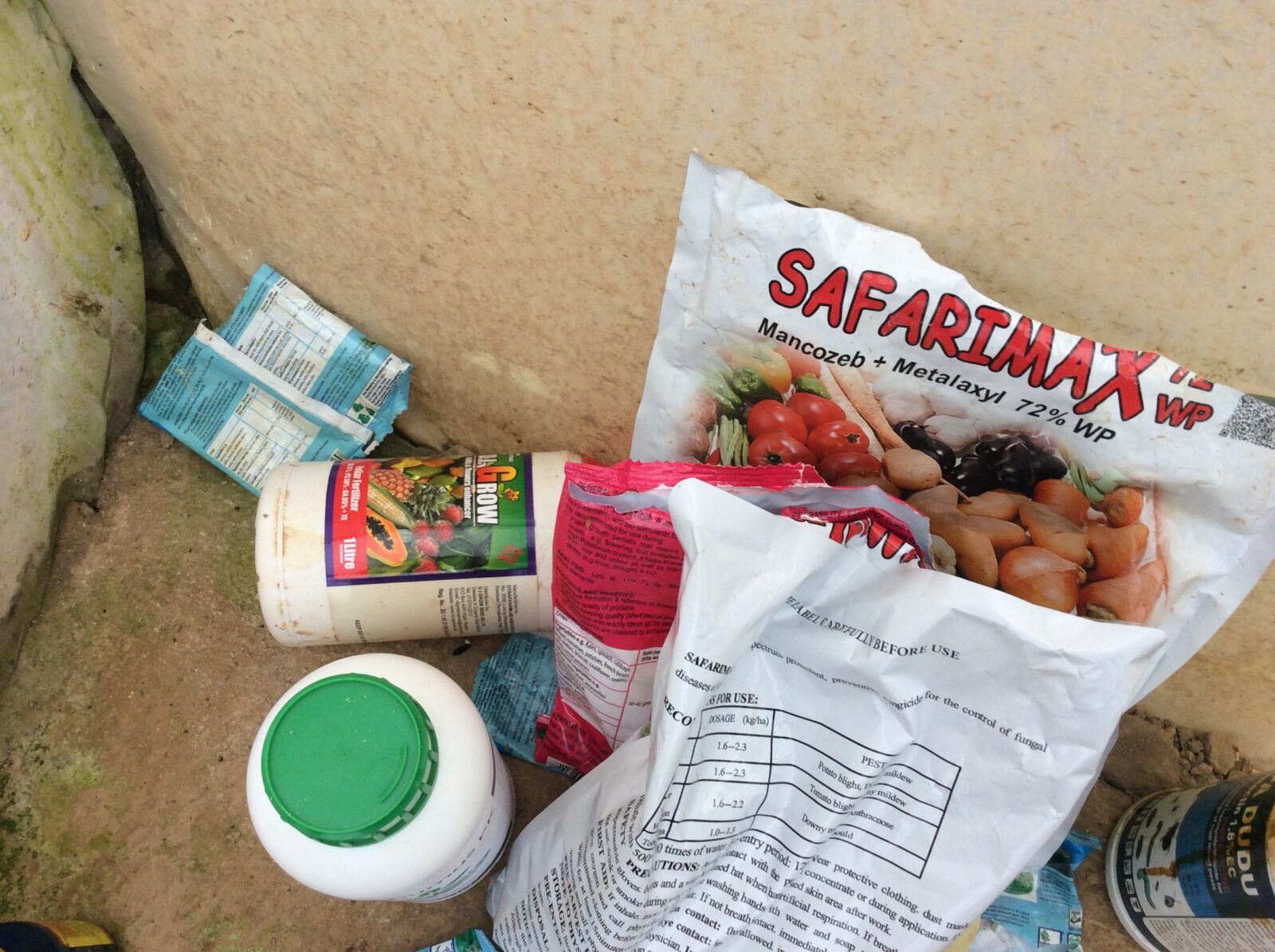
Six months ago, I learned a lesson that changed how I think about farming, food—and life itself: bees aren’t just buzzing insects that make honey. They’re the invisible workforce feeding humanity. According to the UN Food and Agriculture Organization (FAO), nearly 75% of the world’s food crops depend, at least in part, on pollination by insects like bees.
But today, bees are under threat—not from disease or predators, but from us. The very chemicals we use to protect our crops are quietly poisoning the pollinators our food systems depend on. In harming them, we may be harming ourselves.
“What Kills Bees Can Kill Humans Too”
“Those chemicals that disturb bees disturb humans too,” warns Theogene Ntakirutimana, an agronomist with the Green Gicumbi Project in Northern Rwanda. “Highly hazardous pesticides enter our food and environment. In trying to protect our harvests, we’re poisoning ourselves.”

Theogene advocates for agroecological practices as safer, more sustainable alternatives. Their project promotes minimal pesticide use, relying instead on techniques such as biological control like planting insect-repelling crops, mechanical pest removal like hand-picking pests, using sticky traps, and resistant crop varieties that can withstand pests without chemicals.
“We only use synthetic chemicals when all other methods have failed,” he says.
Dr. Marie Christine Gasingirwa, Chairperson of Rwanda’s National Commission for UNESCO, emphasizes the critical role of agricultural extension officers in bridging the gap between farmers and national institutions like MINAGRI, RAB, and NAEB.
“They convey farmers’ concerns and aspirations,” she says, “and help implement better practices in return.”
However, she warns that tweaking spray schedules alone won’t fix the problem.
“These chemicals harm more than pests,” she explains. “They kill pollinators—both day and night—foraging species that are essential to our food. We are losing them. There’s no safe time to spray. We need to rethink the practice entirely.”
When Bees Die, Communities Suffer
In Rutsiro District, where UNESCO runs its Women for Bees initiative, the impact is already visible. Beekeepers watch their livelihoods collapse whenever pesticides are sprayed nearby.
“It’s heartbreaking,” says Uwamahoro Devotha of the CODACE cooperative. “When neighboring farms spray, our bees die or come back sick. It ruins the entire hive.”
Nyiranziza Claudine, another beekeeper, adds: “Bees go out healthy and return poisoned. Honey yields fall. Colonies collapse.”
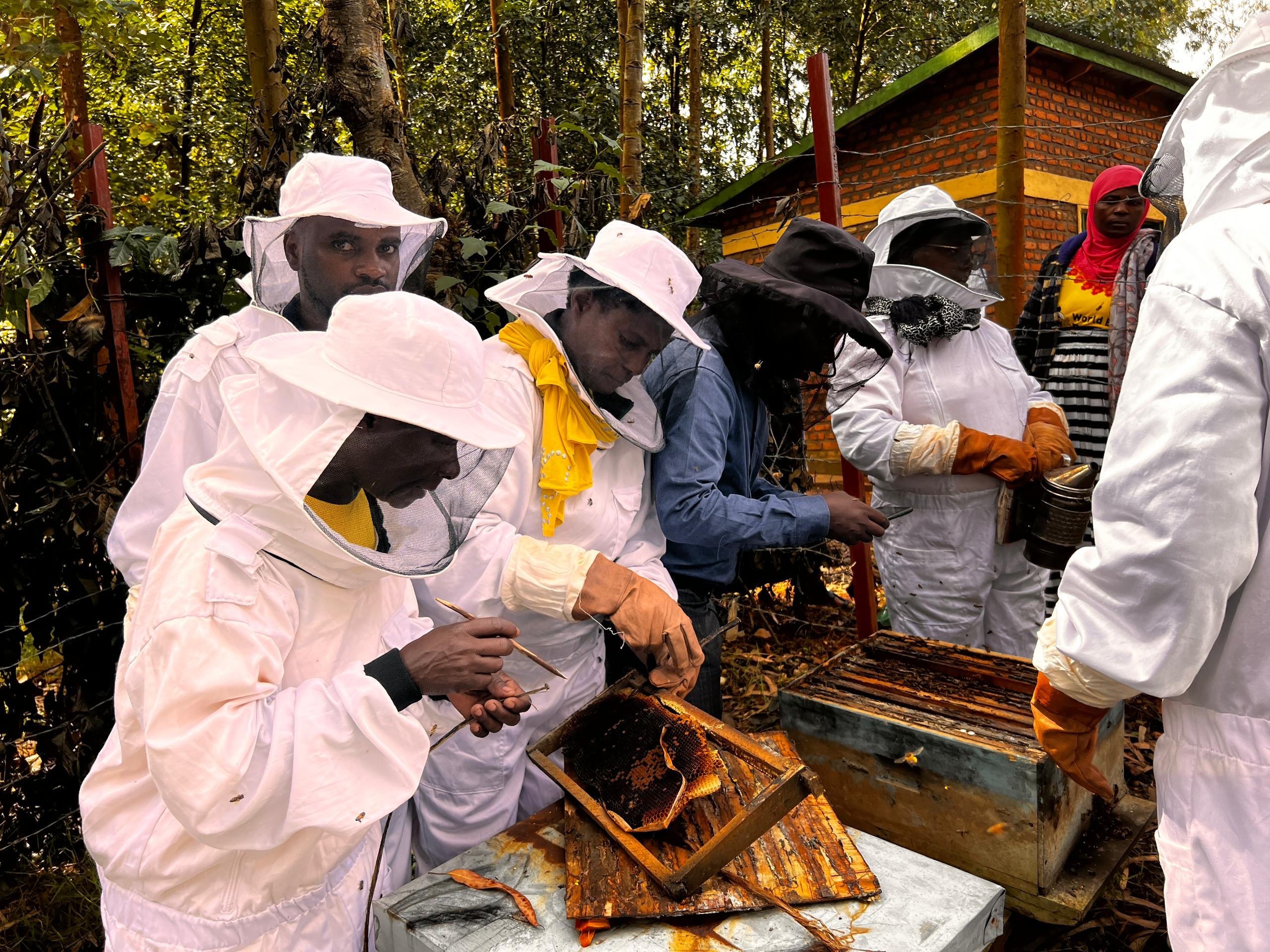
In response, Rutsiro’s Vice Mayor, Emmanuel Uwizeyimana, says the district is now monitoring pesticide use around the Gishwati-Mukura Forest Reserve to reduce spraying in bee foraging zones.
Pollinators Do More Than Pollinate
Dr. Venuste Nsengimana, a conservation biologist and lecturer at the University of Rwanda, explains that bees play a crucial role far beyond food crops.
“Without bees, we’d lose many staples—mangoes, avocados, beans, maize. Pollinators also maintain green landscapes, clean air, and climate balance,” he says.
But bees need healthy, diverse ecosystems to thrive. “Monocultures and chemical-heavy farming destroy their food sources and habitats,” he warns.
In parts of southwest China, farmers now hand-pollinate crops after losing natural pollinators—a costly, unsustainable burden.
Hitimana, a tomato farmer from Musanze District, says most farmers use pesticides out of urgency and limited options.
“Farmers want to protect their investment,” he says. “They’ll use whatever seems effective—often without considering the impact on bees.”
Thanks to training from RAB, Hitimana now experiments with natural solutions such as homemade red pepper spray. “It works,” he says, “but it takes more time and labor. Many of my colleagues still prefer faster chemical options.”
Even a small intervention could help. “An SMS reminder to avoid spraying during bee foraging hours or to wear protective gear could save both insect and human lives,” he suggests.
Hazardous Chemicals Still Widely Available
In pesticide shops, danger often hides in plain sight.
One day, a woman entered a shop with her child and asked for Mancozeb, a fungicide banned in the European Union due to its reproductive toxicity and environmental risks. Though the shop didn’t stock it, they quickly called another vendor to supply it. All while the child sat nearby, sipping juice and possibly breathing in toxic fumes.
A Rwanda Inspectorate, Competition and Consumer Protection Authority (RICA) anonymous source commented, “We provide safety information, like pharmacies do. But once the product leaves the store, it’s the buyer’s responsibility.”
Yet most farmers say they’ve never received safety training—or even read the labels.

“We just know these chemicals kill pests,” said one farmer in Gicumbi.
“I didn’t know they were dangerous,” admitted a potato farmer and beekeeper from Rutsiro. “I’ve sprayed without any protection.”
The Damage Goes Deeper—Into the Soil
At a workshop hosted by the Alliance for Food Sovereignty in Africa (AFSA), Ugandan agroecologist Bernard Bwambale highlighted another invisible victim: the soil.
“If it rains and you don’t see earthworms, something’s wrong,” he said. “Pesticides are killing soil microorganisms—the very life of our crops.”
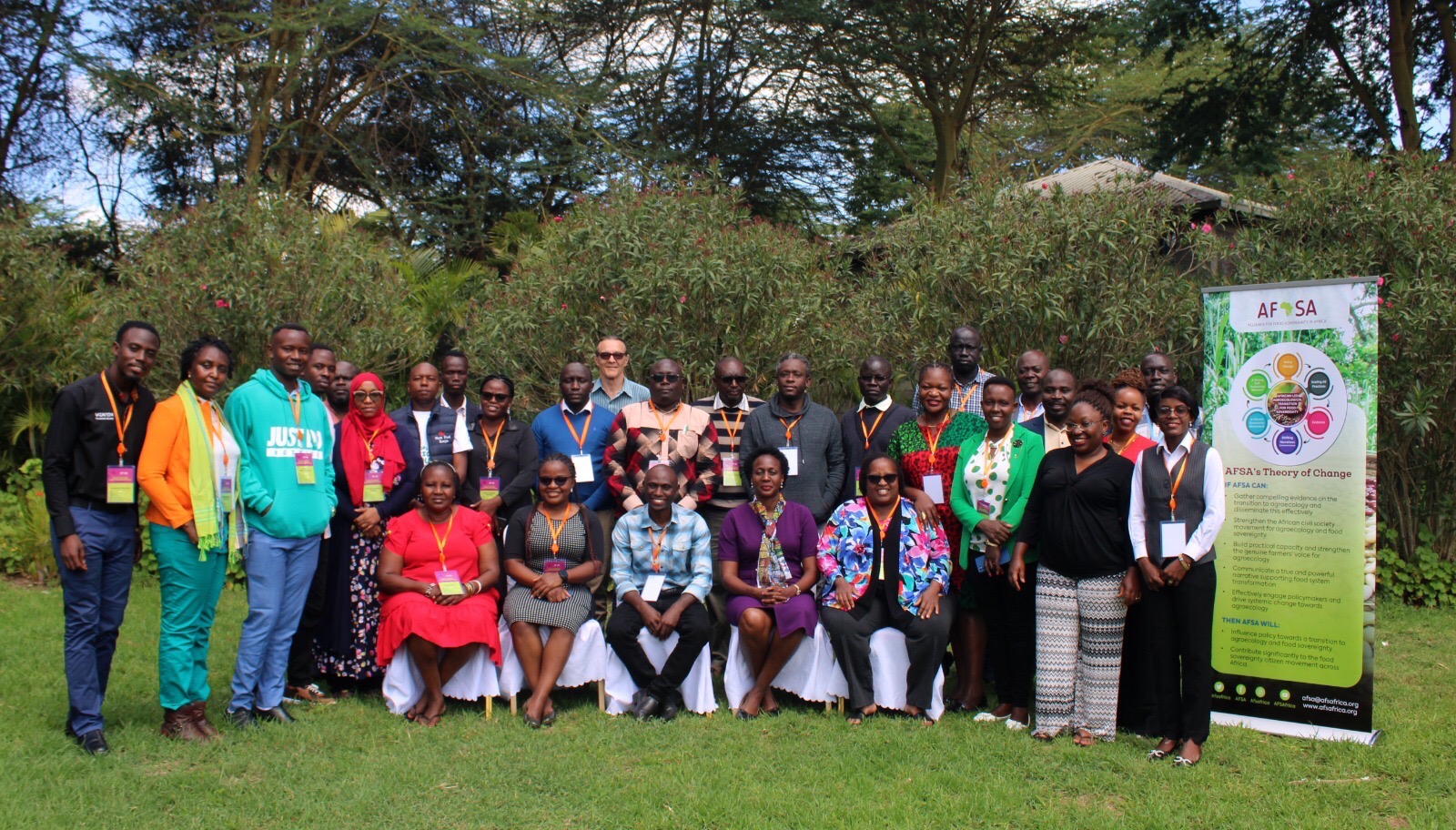
Agroecologist Ferdinand Wafula added that even organic farming requires care. He urges farmers to properly compost manure to balance nutrients and avoid soil harm.
Hope in Healthier Alternatives
So, can natural methods work? Experts say yes—but success depends on support from farmers, consumers, and policymakers.
“Organic methods work,” says Dr. Nsengimana. “But rebuilding soil health and trust in nature-based solutions takes time.”
In Gicumbi, beekeeper Celestin Munyankindi reports success in areas supported by the Green Gicumbi Project. “Chemical use has dropped, and the bees are healthier,” he says. “But in other areas, the decline continues.”
A recent UNESCO survey of the Gishwati-Mukura Biosphere Reserve confirmed sharp declines in bee populations, with pesticide use identified as a key driver.
Dr. Solange Uwituze, Deputy Director General at RAB, says Rwanda is taking steps: “We’ve banned highly hazardous pesticides. We recommend spraying after noon, when bees are less active. We also promote beekeeping along forest edges.”
But enforcement is inconsistent. In the same shop where Mancozeb was once requested, Rocket, another pesticide toxic to bees, remains available.
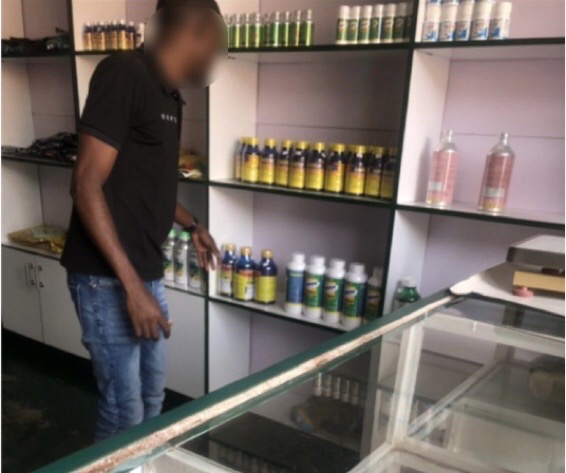
Globally, the World Health Organization reports over 3 million pesticide poisoning cases annually—leading to as many as 220,000 deaths, mostly in developing countries.
These chemicals don’t just kill pests. They endanger pollinators and people—the very foundation of our food systems.
“We can’t force farmers to change,” says Dr. Gasingirwa. “But we can help them understand.”
Change begins not with rules, but with awareness—of bees, of soil, of human health, and the true cost of short-term solutions. All, because what kills bees, can kill humans too.

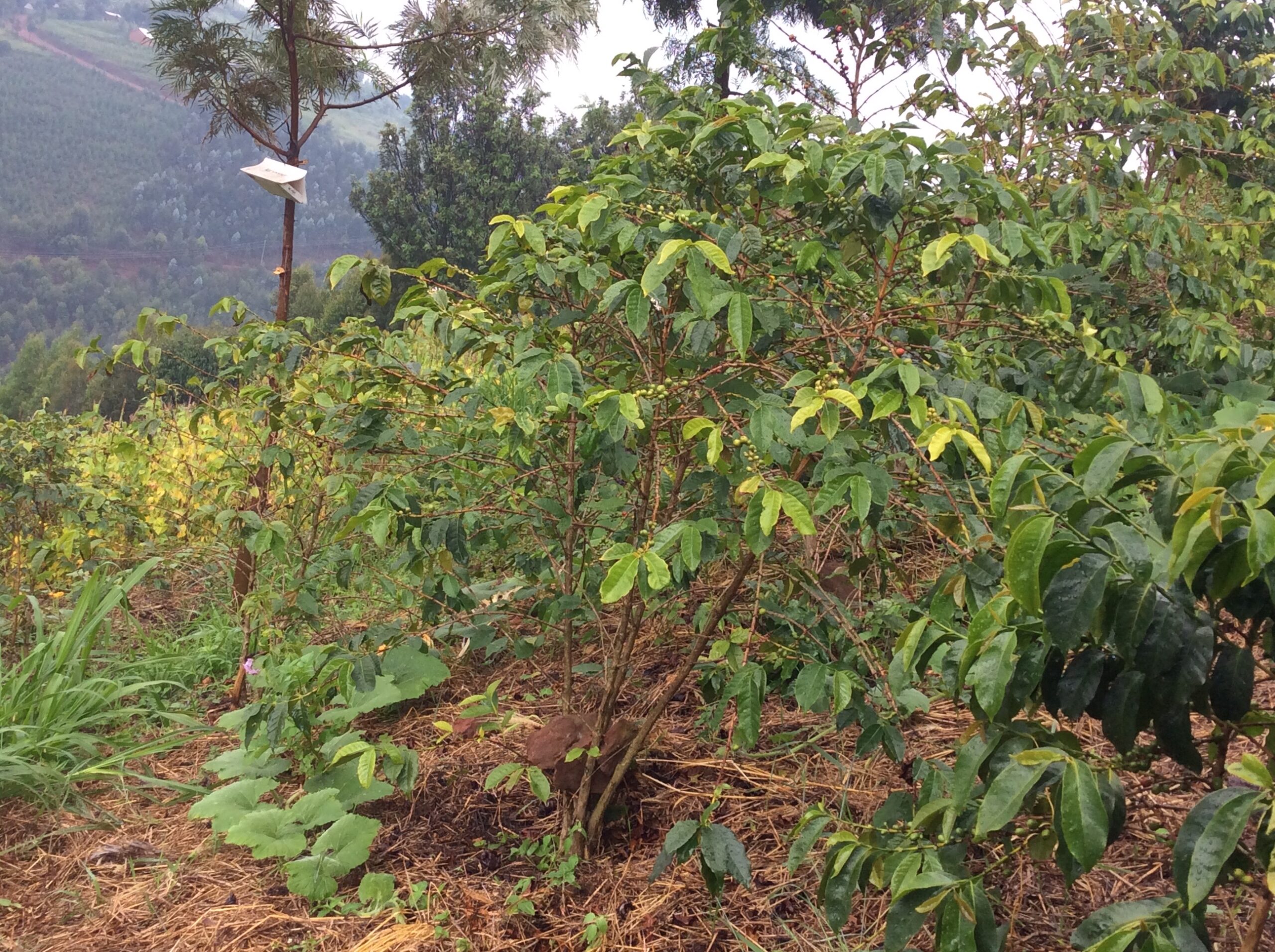
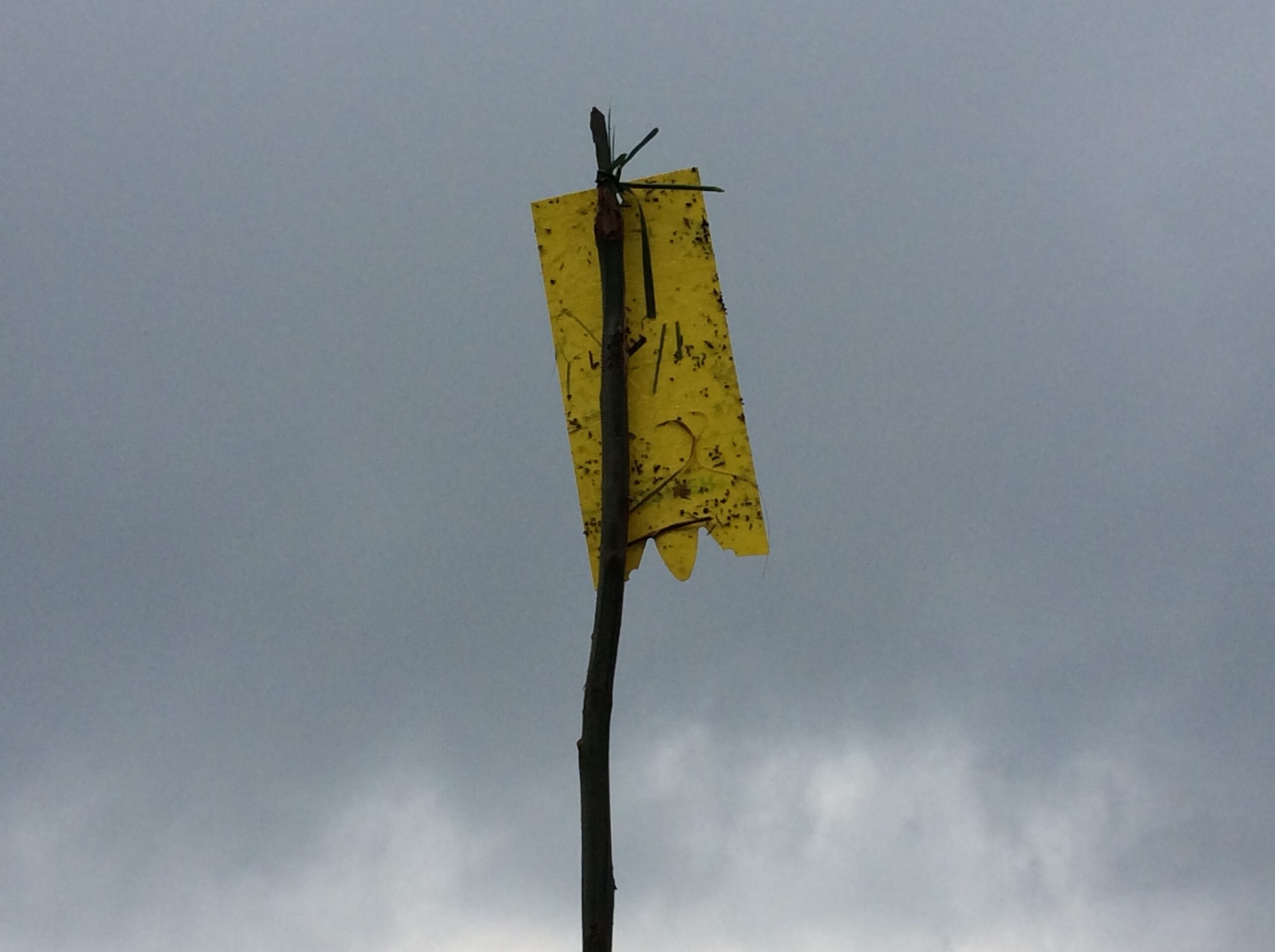
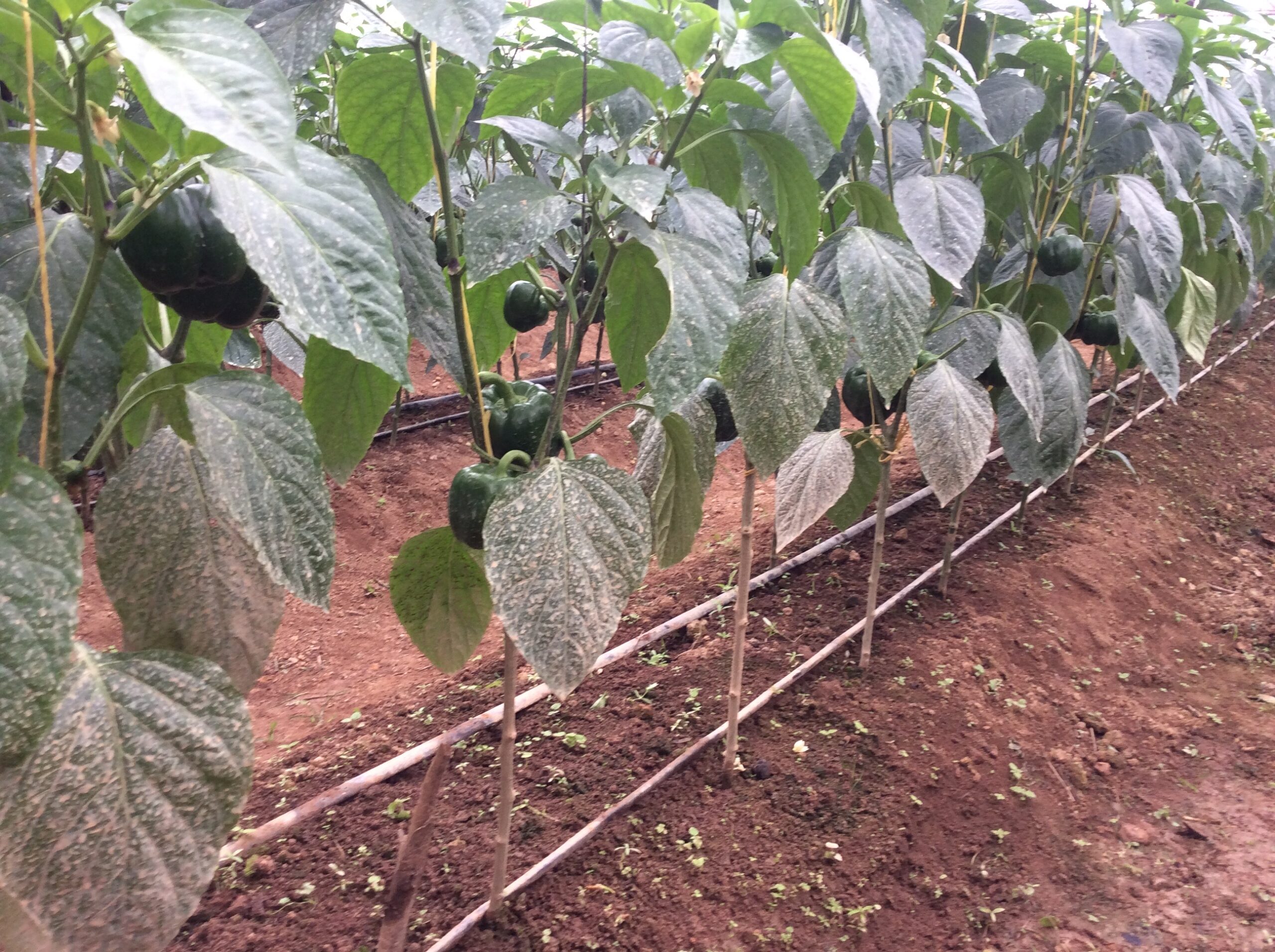
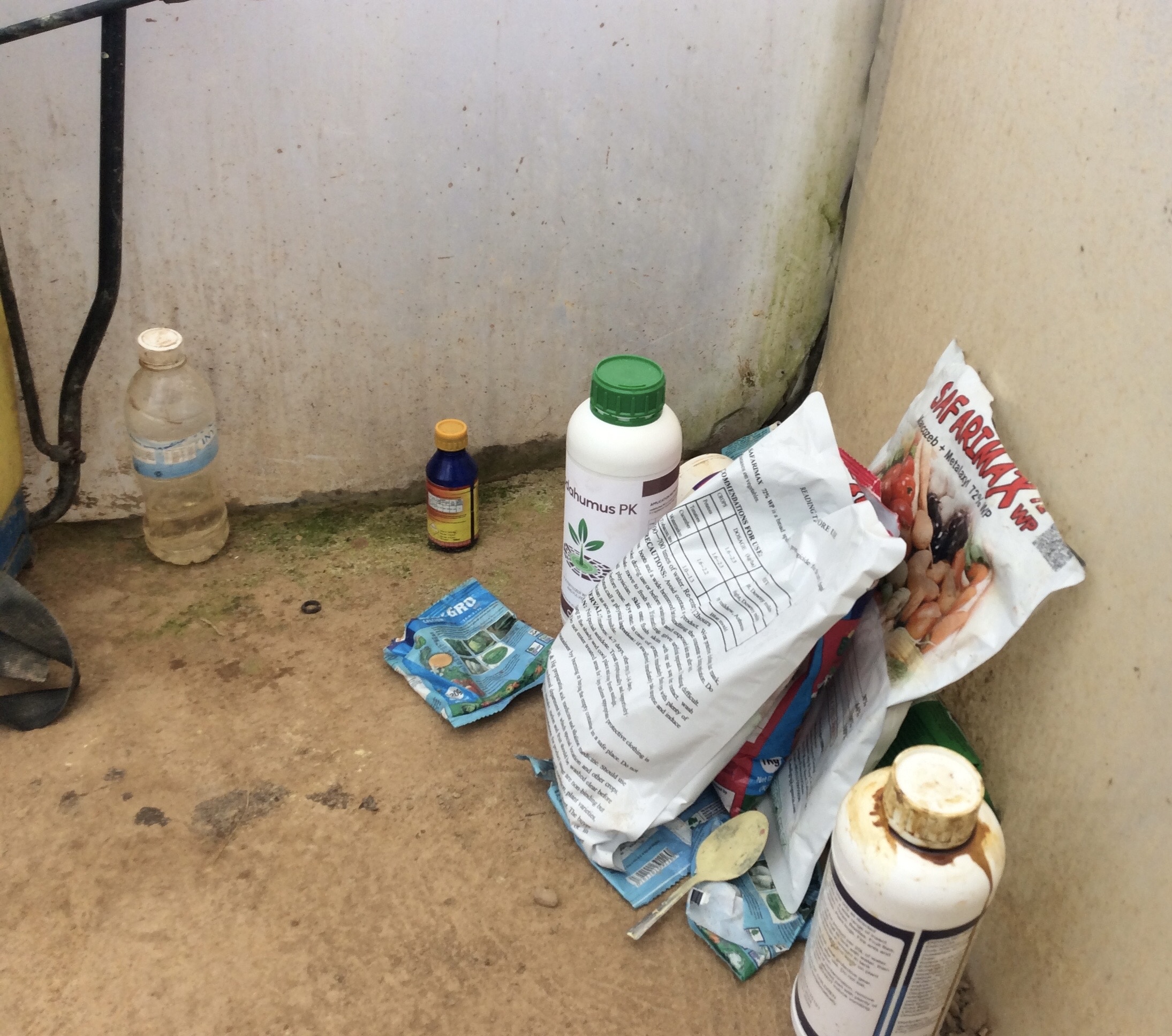
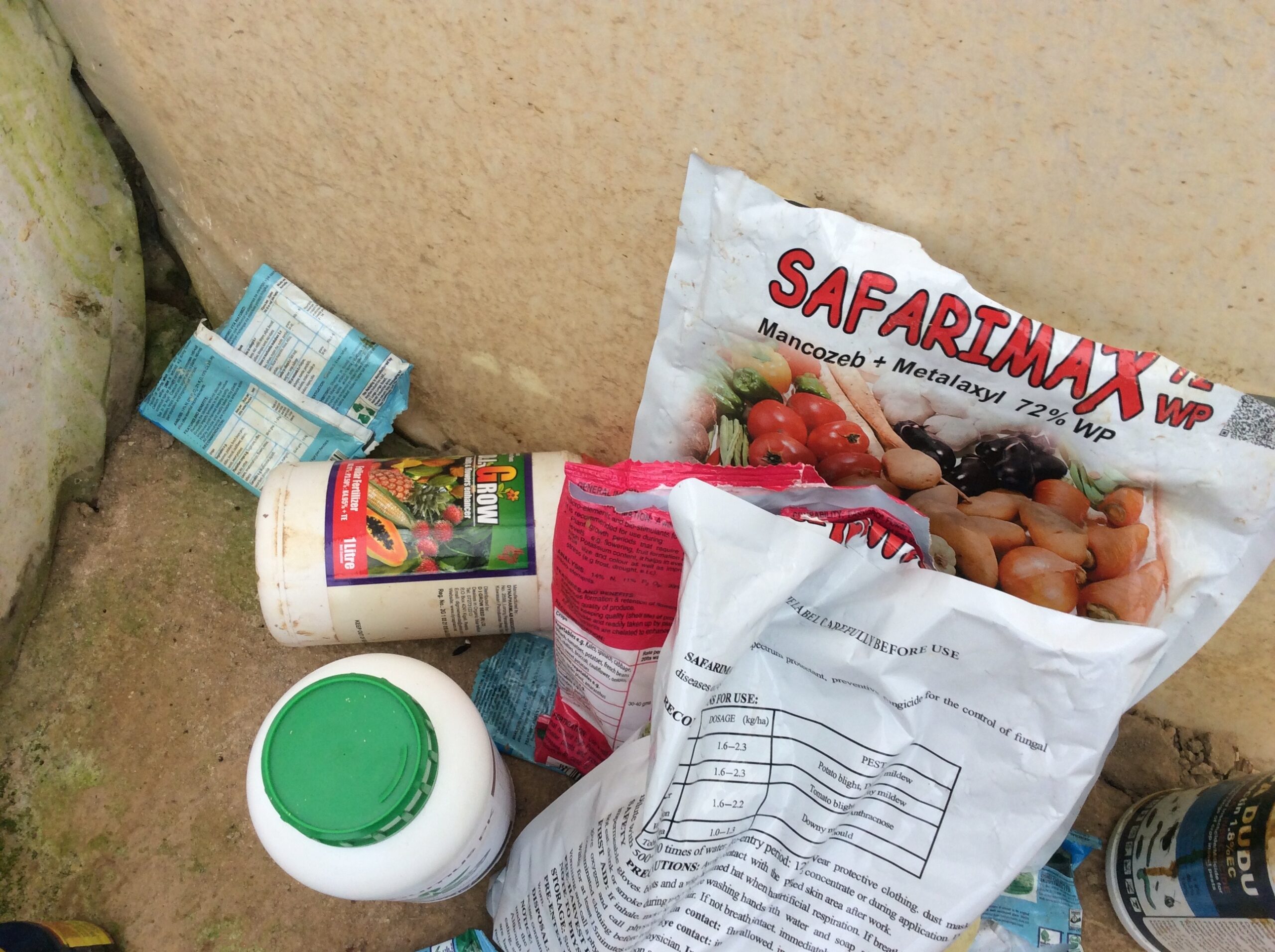
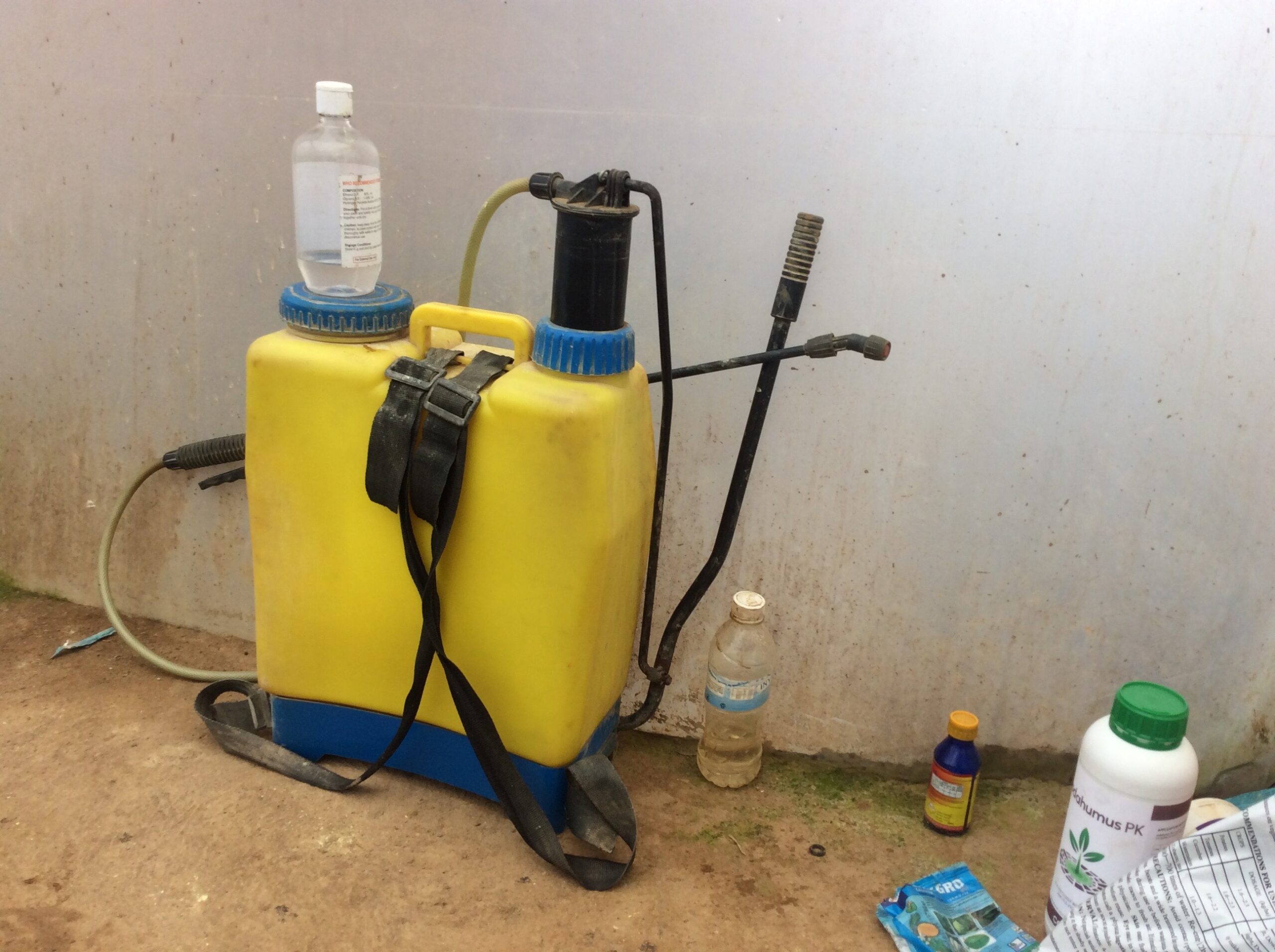
Trending Now
Hot Topics
Related Articles
Enroll Now Before 31 December 2025: International German Language Exams Launch in Rwanda
Rwanda will host the European Consortium for the Certificate of Attainment in...
Rwanda Validates Environment and Climate Change Mainstreaming Strategy 2024–2029
This Tuesday, 23 December 2025, the Rwanda Environment Management Authority (REMA), in...
Rwanda Opens New Doors with International German Language Certification
Rwanda has taken a significant step in expanding access to global education...
Rwanda Expands Education Partnership with Zimbabwe to Include Model Schools
Rwanda has expanded its education cooperation with Zimbabwe to include model schools,...










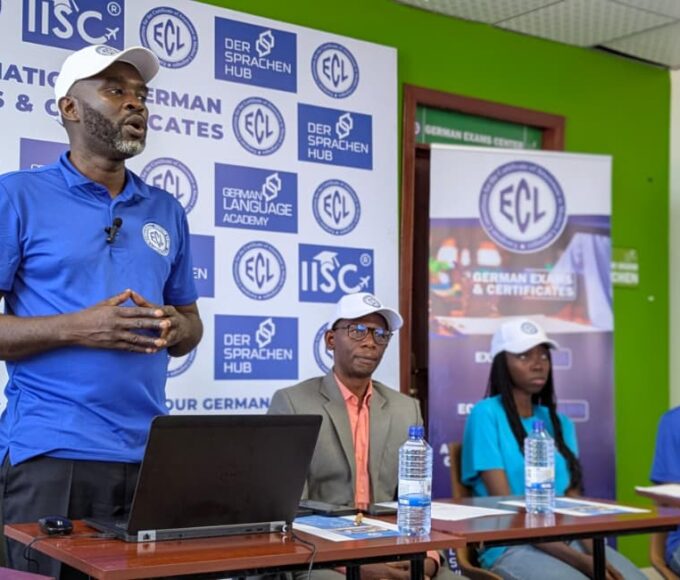



Leave a comment